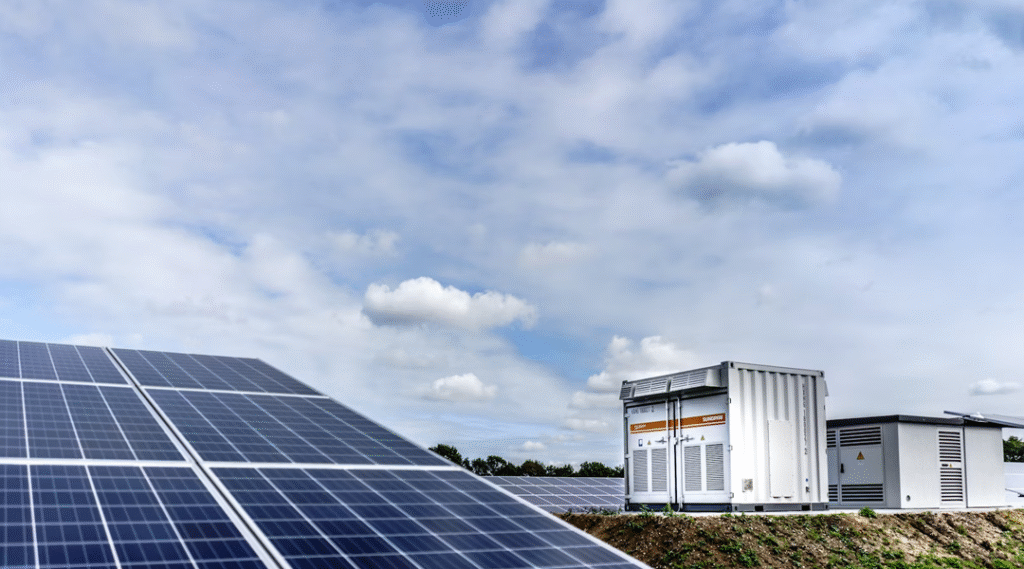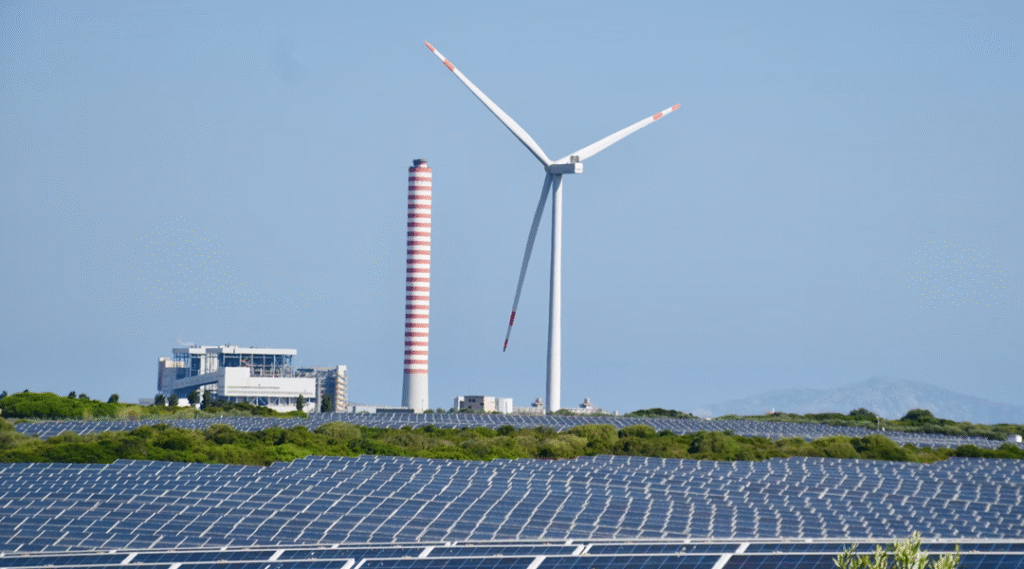The energy transition is no longer an experiment — it’s an urgent, multi-front effort to decarbonize supply, secure reliability, and keep costs under control. No single technology will “win.” Instead, a handful of complementary advances will combine to reshape electricity, industry and transport over the next decade. Here’s a clearer, fresher take on the technologies most likely to matter — and why.
1. Cheap renewables — solar and wind plus smarter grids
Solar photovoltaics and wind turbines continue to offer the simplest path to rapid carbon cuts because their levelized costs keep falling and deployment scales quickly. But their value depends on system integration: upgraded transmission, distribution modernizations, and active grid management. When utilities pair low-cost intermittent generation with better grid planning and demand-side flexibility, renewables stop being a challenge and become the backbone of electrification — powering transport, heat pumps and industry with low-carbon electricity.
2. Long-duration energy storage
Short-duration lithium-ion batteries fixed the immediate need for fast-response reserves and frequency control. The next prize is storage that can cover many hours or days — the gap that matters when seasonal swings or multi-day calm weather strike. Flow batteries, underground thermal storage, compressed-air and gravity systems are all designed to deliver multi-hour, low-degradation storage at lower lifecycle cost than scaling lithium alone. These technologies unlock a renewables-first grid without forcing excessive overbuild of generation capacity.
3. Green hydrogen for hard-to-electrify demand
Hydrogen produced using low-carbon electricity (green hydrogen) — and low-emissions hydrogen combined with carbon capture — becomes critical where direct electrification is uneconomical: high-temperature industrial heat, certain chemical feedstocks, long-haul shipping and aviation fuels. Hydrogen’s role won’t be universal; it’s a targeted solution for sectors that otherwise lack alternatives. The challenge: cutting electrolysis costs, creating transport and storage infrastructure, and securing industrial off-take. Where those pieces line up, hydrogen can decarbonize parts of the economy that renewables and batteries can’t touch.
4. Advanced nuclear — SMRs and next-gen designs
Nuclear power is unique: continuous, large-scale, carbon-free baseload energy without combustion. Small modular reactors (SMRs) and advanced reactor concepts aim to change the economics of nuclear by reducing construction risk through factory fabrication, simplifying licensing, and improving safety. If developers can deliver predictable costs and faster deployment, advanced nuclear can complement renewables by supplying steady power and process heat for industry. But public acceptance, financing and tight cost control are decisive factors for scaling this option.
5. Digitalization and AI across the energy value chain
Software doesn’t generate electrons, but it multiplies the value of every asset. AI, digital twins, advanced sensors, and optimization platforms boost capacity factors, extend equipment life through predictive maintenance, balance distributed resources in real time, and optimize market participation for batteries, hydrogen plants and flexible loads. As the system complexity grows — with many distributed generators, storage assets and flexible consumers — smart orchestration becomes essential to squeeze maximum performance from the infrastructure we already have.

How these technologies fit together
Think of the modern energy system as a layered stack: low-cost renewables supply the bulk of energy; long-duration storage and flexible demand smooth delivery; hydrogen and advanced nuclear fill niche but critical industrial roles; and digital tools coordinate everything. No one layer displaces the others — the system needs the right mix regionally and by sector.
Key risks and blind spots
Expect supply-chain bottlenecks for critical minerals, political and regulatory shifts, and a gap between pilot projects and scaled commercial operations. Hydrogen hype often outpaces economics; many announced projects require firm financing and customers to become reality. Nuclear’s resurgence depends heavily on cost discipline and social license. Geopolitics and energy security concerns will also shape which technologies receive public support.
Which One Will You Back?
If you want a safe, short-term bet: back solar, wind and storage paired with smarter grids. For strategic, longer-term positioning: watch long-duration storage, green hydrogen, and advanced nuclear closely — each addresses a different, essential piece of deep decarbonization. Together, these technologies create a practical, resilient roadmap to a low-carbon energy future.
More articles for the relative topics:
Power Play: Mapping and Mastering the BMS Competitive Landscape
From Niche to Mainstream: The Rising Tide of Competition in Energy Management
Home Energy Storage: A Comprehensive Deep Dive
The Future of Energy Storage: Challenges, Solutions, and Emerging Trends
As for in-depth insight articles about AI tech, please visit our AI Tech Category here.
As for in-depth insight articles about Auto Tech, please visit our Auto Tech Category here.
As for in-depth insight articles about Smart IoT, please visit our Smart IoT Category here.
As for in-depth insight articles about Energy, please visit our Energy Category here.
If you want to save time for high-quality reading, please visit our Editors’ Pick here.



